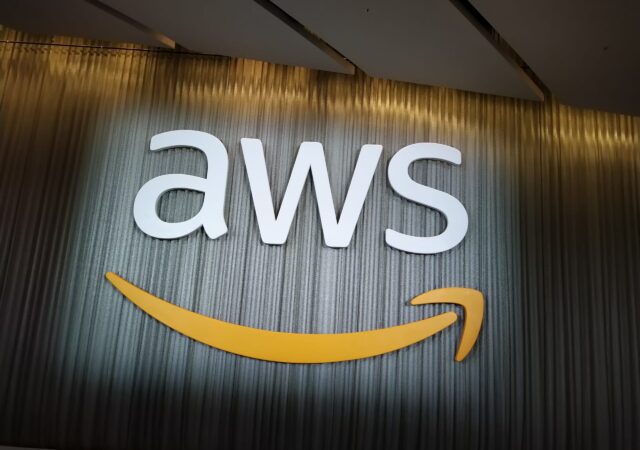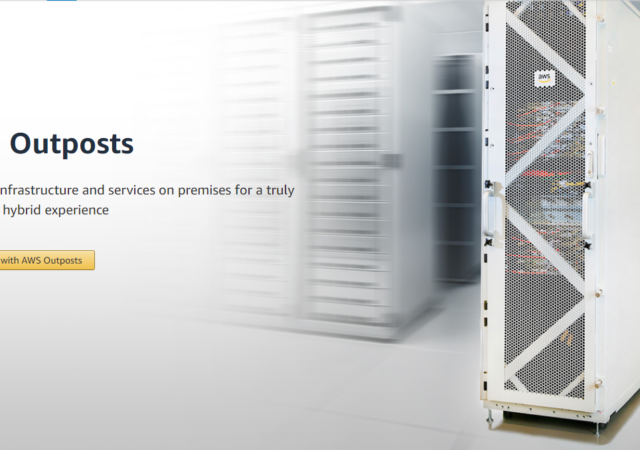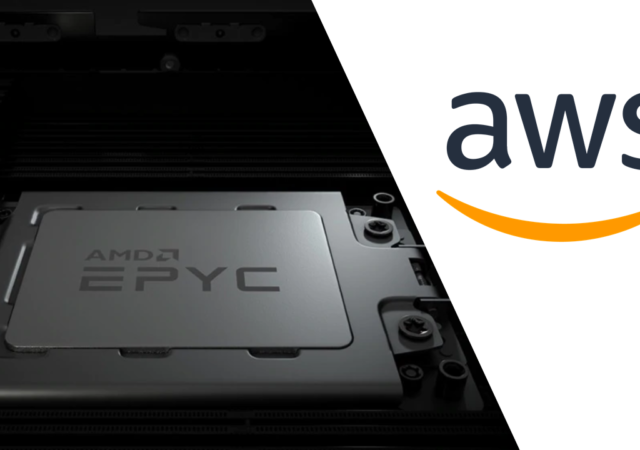Machine Learning is all the buzz right now, particularly with the current state of flux businesses are in. But where do we start?
Digitization – The Key to Business Resilience During a Pandemic
Business resilience during the COVID-19 pandemic has been at the forefront of any executive’s mind. We speak to AWS to find out some of the hallmarks of businesses showing resilience.
The Top Skills a Cloud Architect Needs to Be Successful
In world that is rapidly undergoing digitalization, the skill required by employers are also rapidly evolving. Take a page out of Paul Chen’s book as he highlights some of the more important skills for cloud architects.
Discovering AWS Outposts with Paul Chen
techENT sits down with Paul Chen from Amazon Web Services (AWS) to talk about their new AWS Outposts solution.
AWS Outposts – Empowering Innovation & Low Latency Connectivity
AWS Outposts announced at the recent AWS Re:Invent brings a new definition to hybrid cloud for companies needing low latency connectivity.
AWS Outposts Makes It Way To Thailand & India
AWS Outposts makes its way to Thailand and India bringing the flexibility and adaptability of AWS cloud services to on-premises data centers supporting edge computing and hybrid cloud.
AWS Outposts Land in Malaysia
Amazon recently announced the availability of AWS Outposts at their annual re:invent conference last year. The company is now bringing their edge computing service to Malaysia.
Amazon Web Services (AWS) Gets More EPYC with AMD Powered Instances
AMD announces the availability of a new ECC instance on Amazon Web Services (AWS) that delivers high performance compute capabilities powered by their 2nd Generation EPYC processors.
Machine Learning in Sports: A Paradigm Shift in Progress
Data analytics, big data and machine learning are seeping into everything we do. Sports is one of the largest sectors looking at using machine learning to enhance performance and experience.
How ethical hacking can improve your security posture
The current landscape of cyber security has changed dramatically. Protection through conventional methods may not be too effective.












